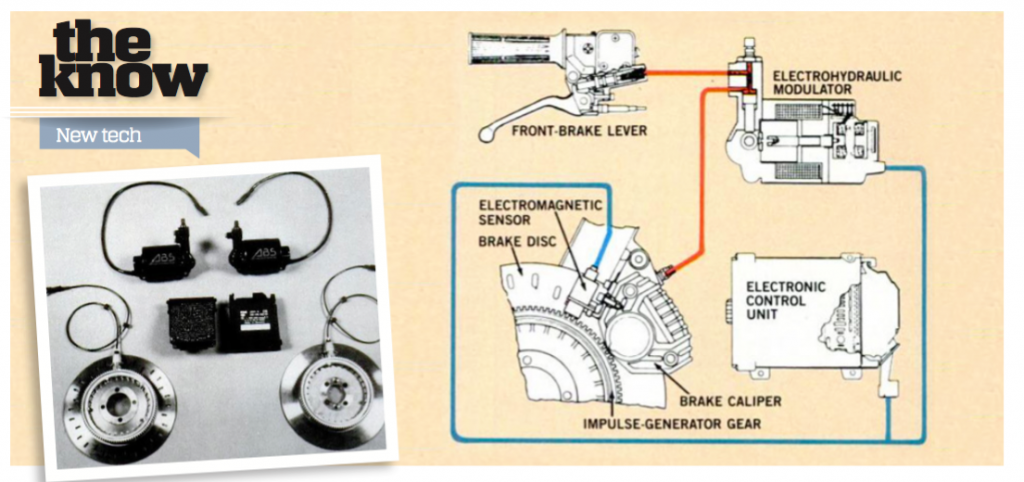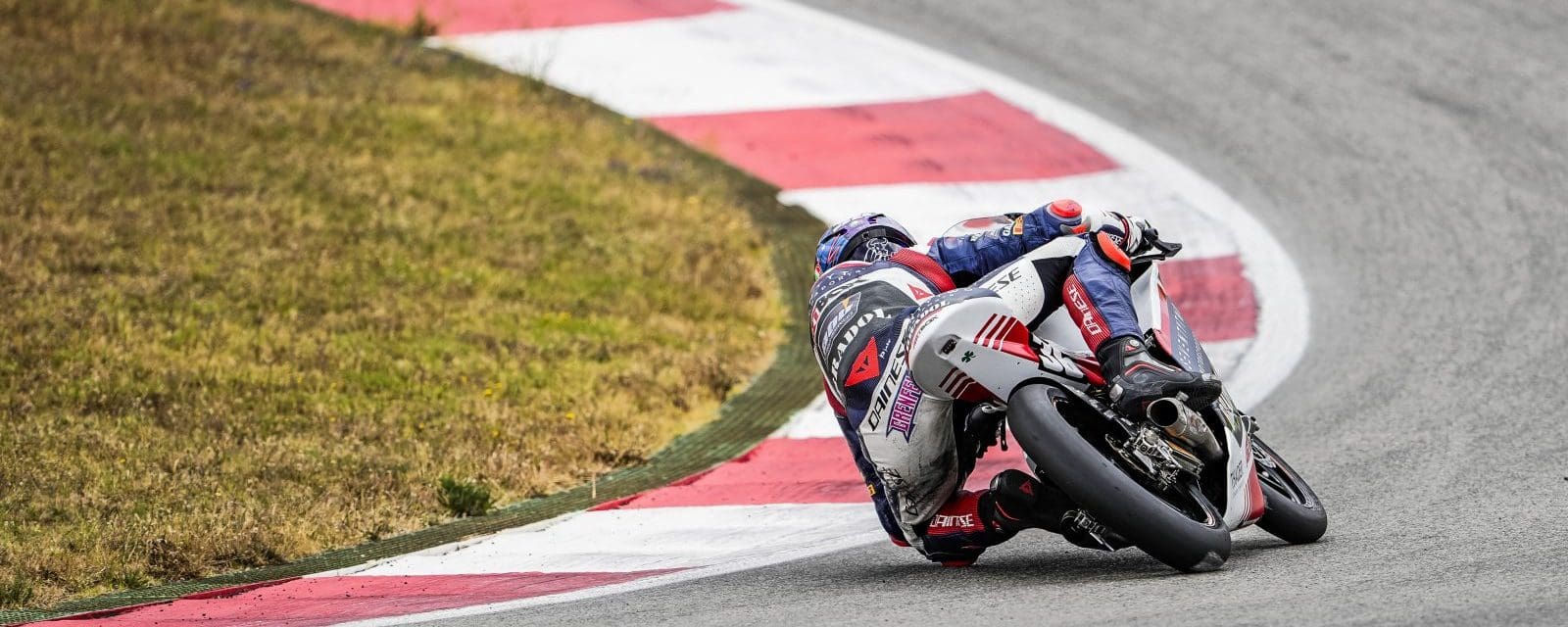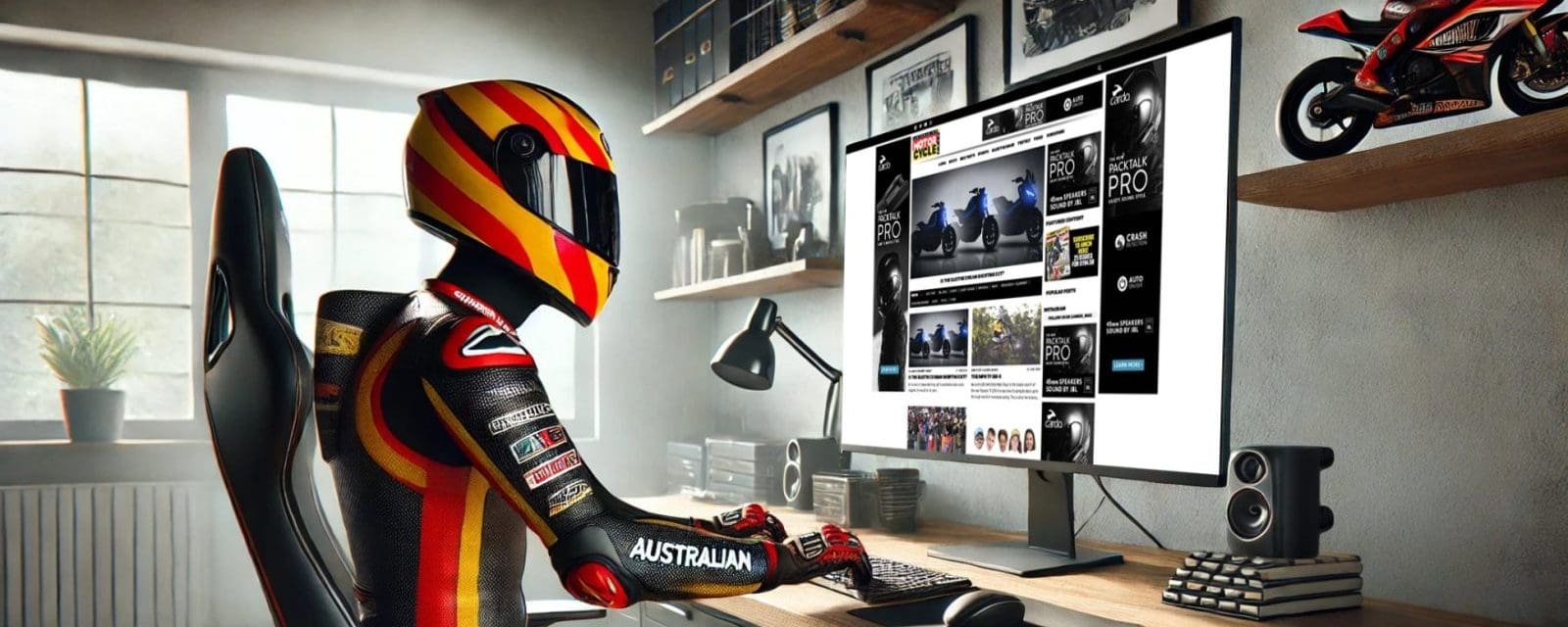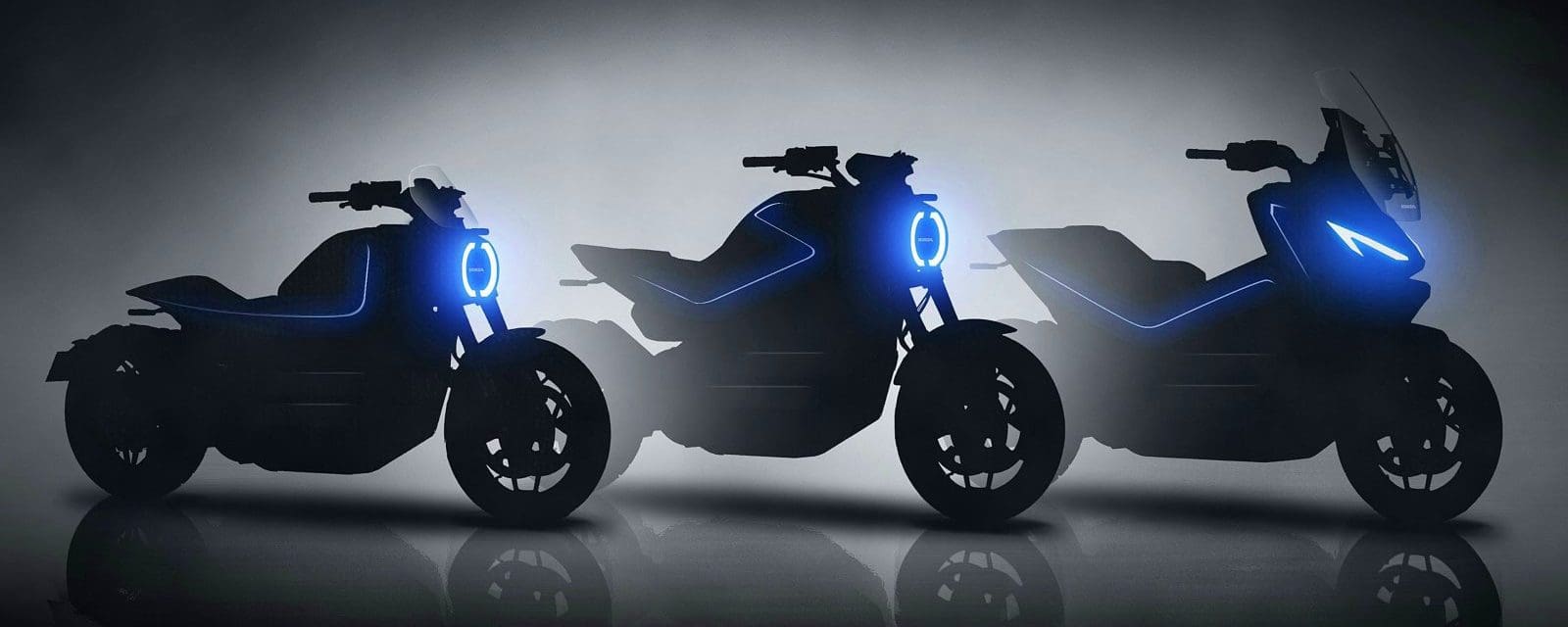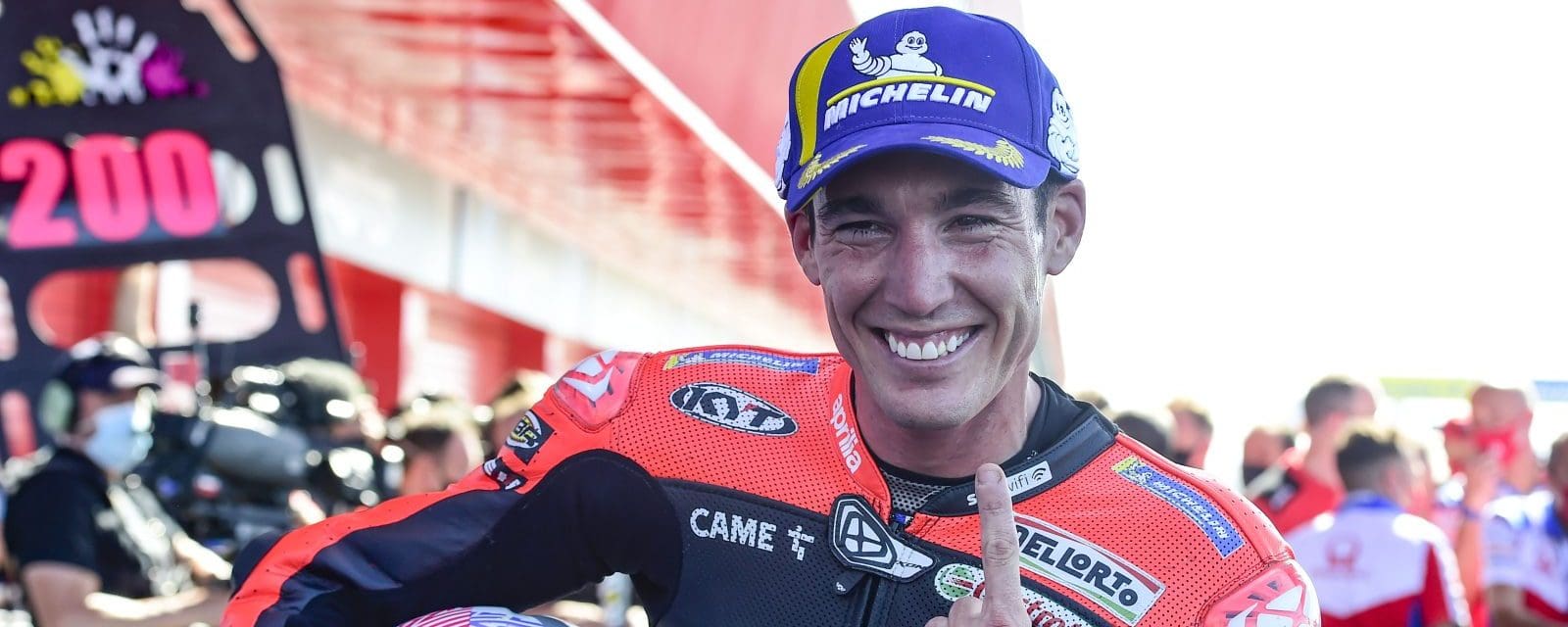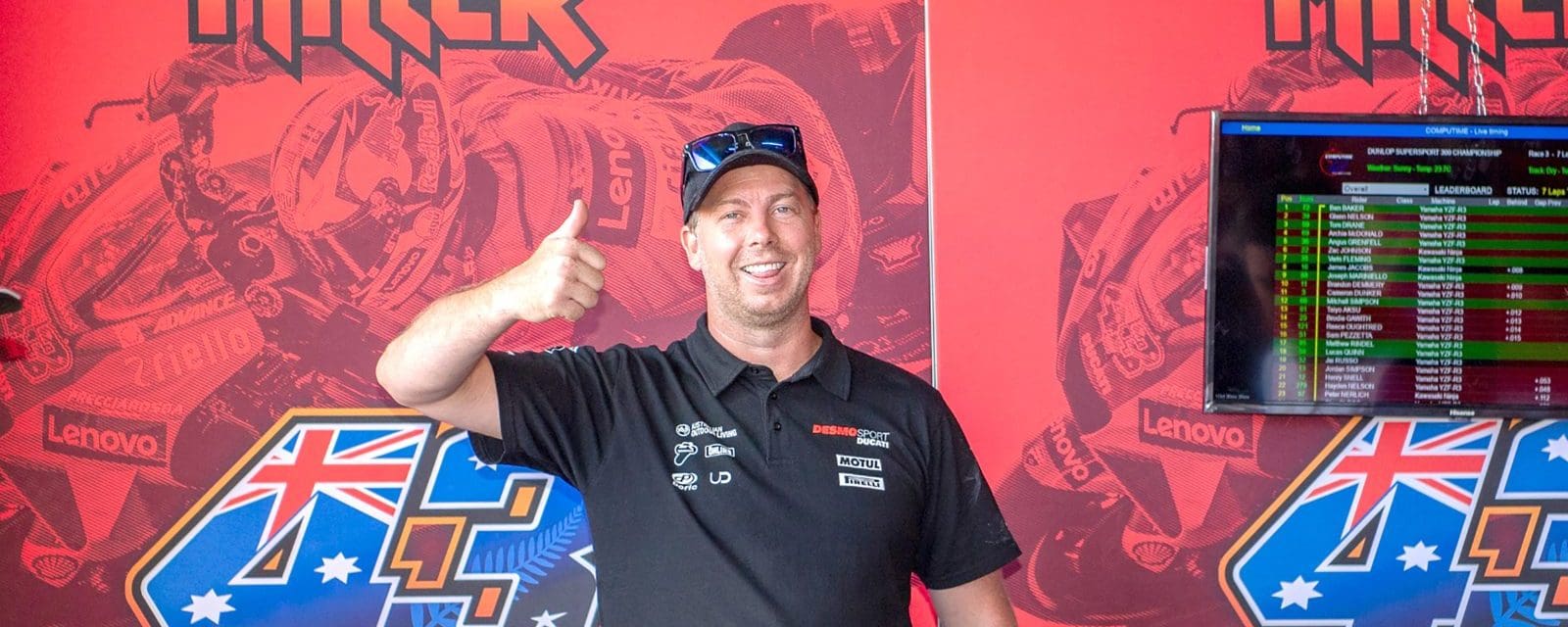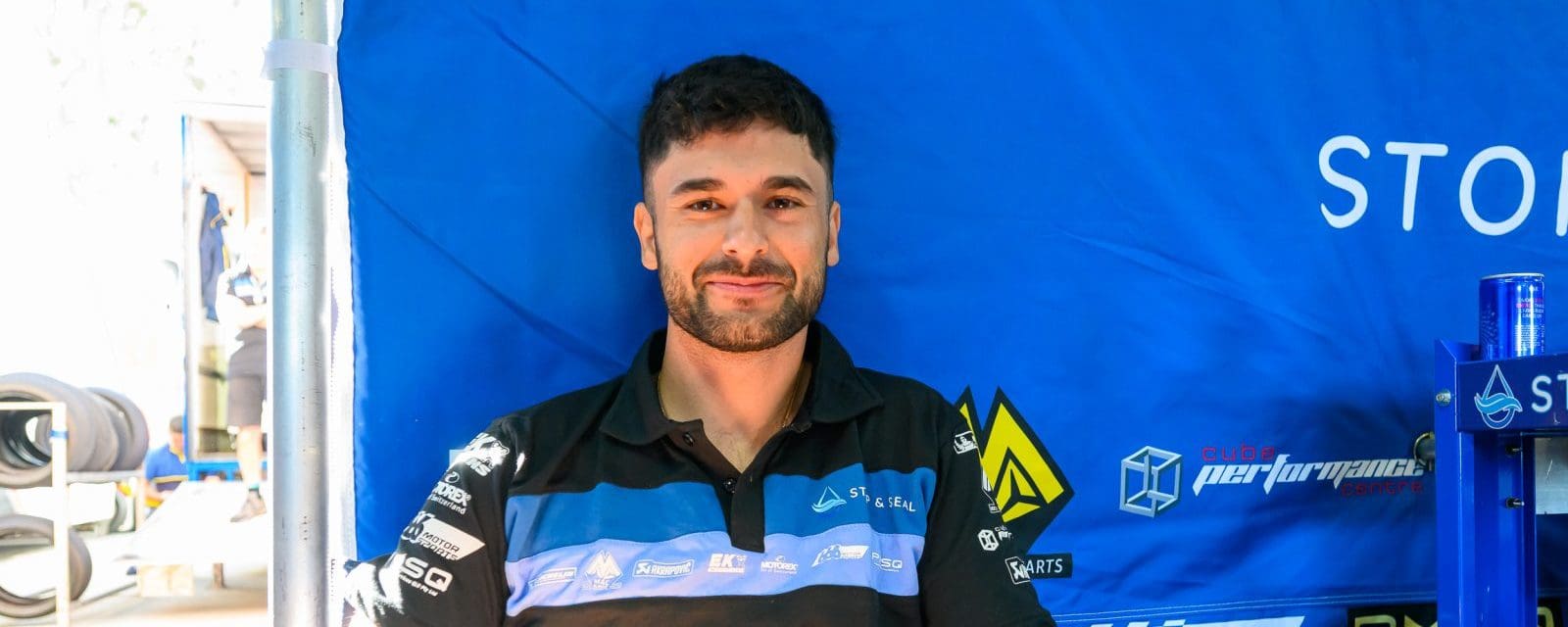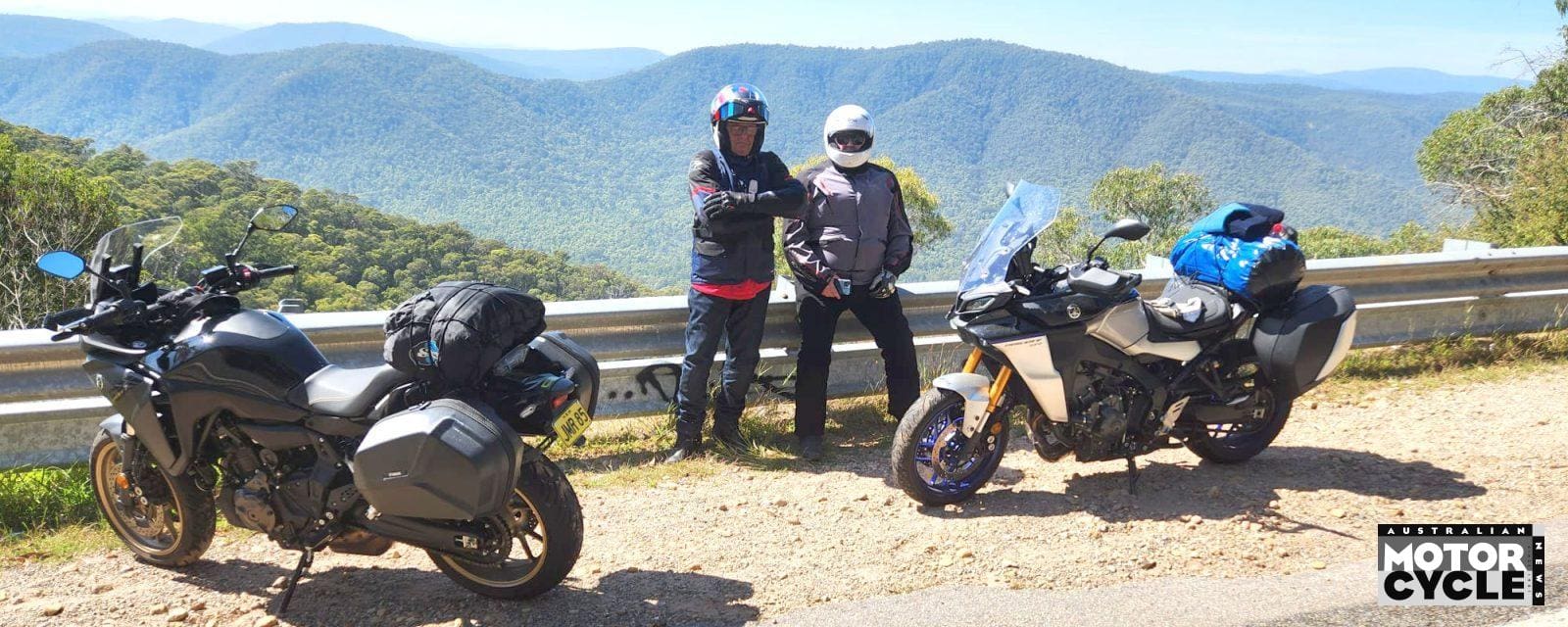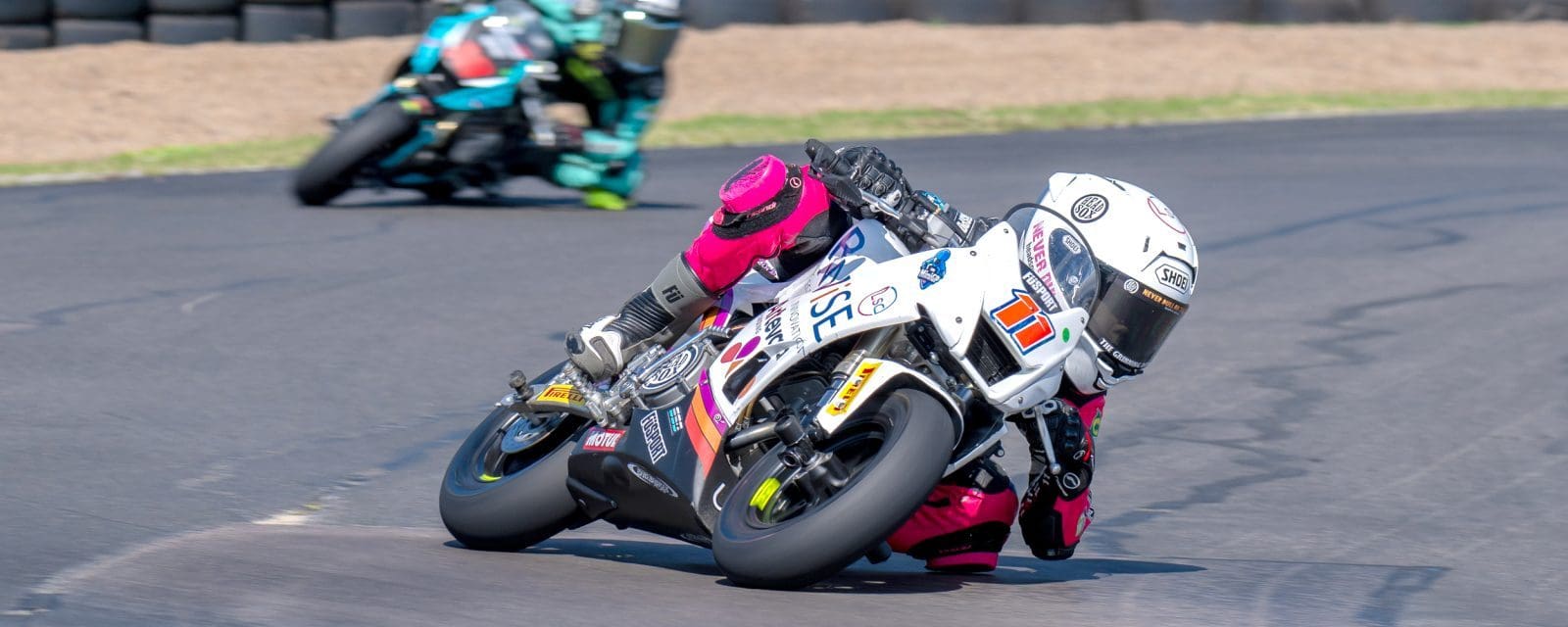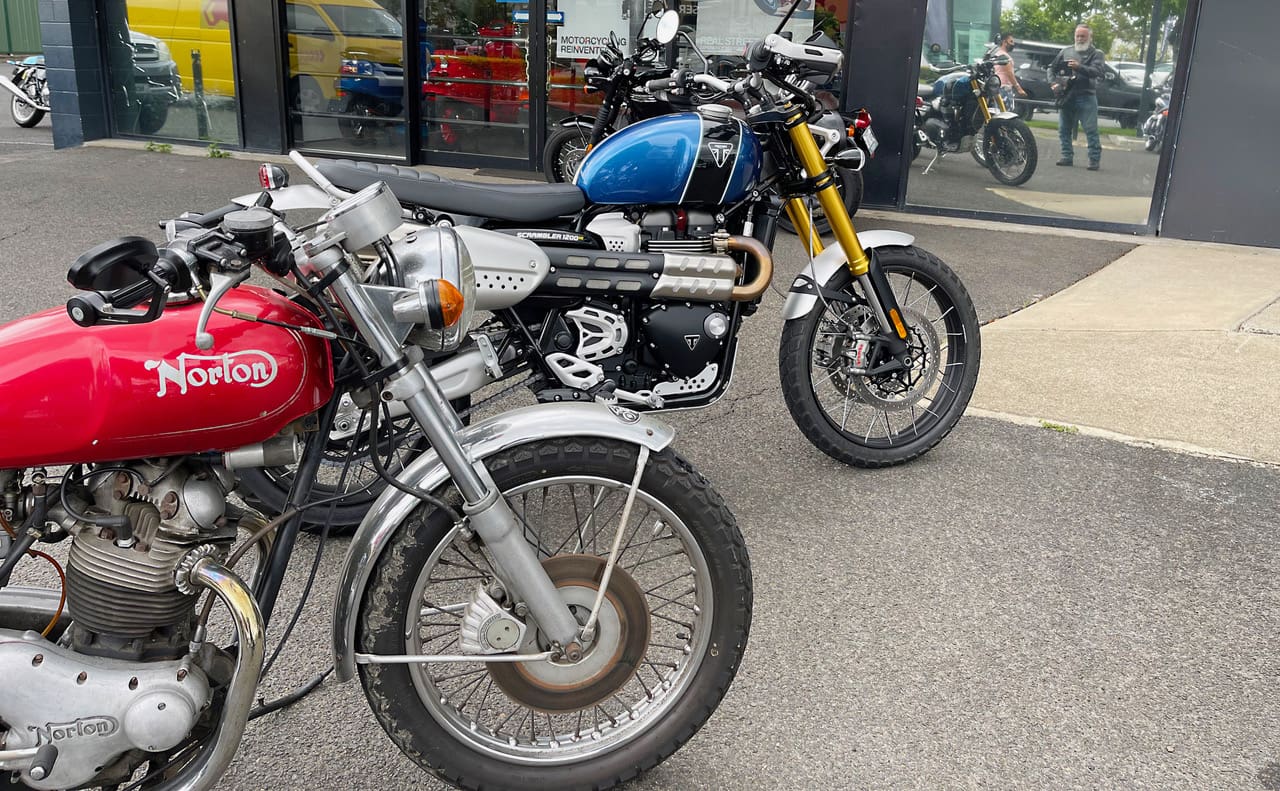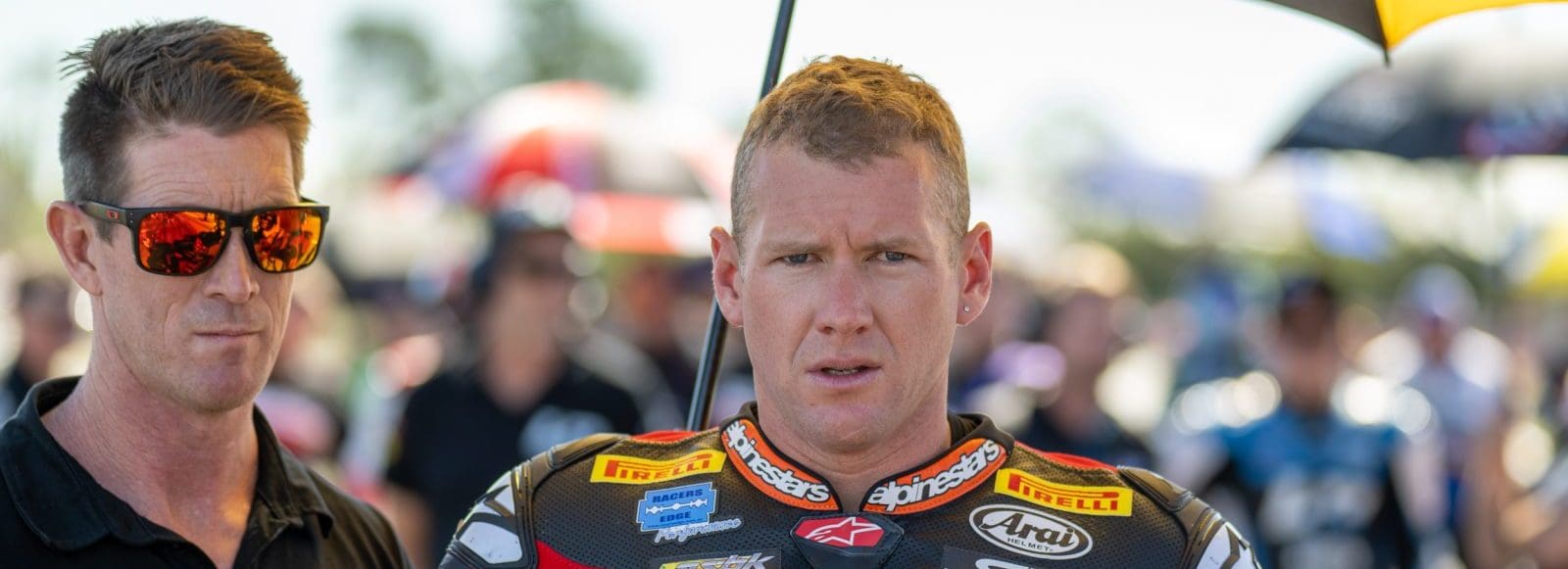It was the late 1970s when the anti-lock braking system debuted on a passenger vehicle. A decade of development later and the high-tech system was altered to cope with the unique braking behaviours of two-wheeled transport. So in 1988, BMW’s K 100 was the first production motorcycle to be offered with optional ABS. At the time, it added a whopping 11kg to the overall weight of the bike, it added a 10 percent premium to the overall price but it was the pinnacle of safety enhancing technology and BMW was at the forefront.
Rival manufacturers scrambled to catch up. Suzuki and Bosch quickly got their heads together and started work on a system of their own, Kawasaki took the challenge on alone and so did Honda, who began development of a hydromechanical system. Unlike BMW’s product — which was built by German hydraulic brake manufacturer FAG Kugelfischer — Honda’s entire system was housed in the wheel hub and used an innovative wheel-driven pump. However, its inability to operate at low speeds and the considerable increase to unsprung weight very soon deemed it unviable.
Eventual systems were effective and in the following years became increasingly more common, though it was technology restricted to heavy, high-end touring machinery.
Now, 28 years later, Bosch has developed a low-cost, entry-level, front-wheel only anti-lock braking system for the emerging Asian markets. Using the same strategy as the very first system, what weighed 11kg in 1988 weighs 630 grams in 2016 and where the original technology had the ability to reduce a handful of well-to-do riders in what we’d once refer to as first world countries, the Bosch ABS 9M Light has the potential to greatly reduce the risk of millions of crashes in emerging markets. And that could indeed be the most beneficial technological advancement yet.
1988: The exclusivity of stopping
Identifying the unique ways a two-wheeled vehicle behaved under deceleration compared to a four-wheeled vehicle was the biggest challenge that faced FAG Kugelfischer in the lead-up to the K 100’s release with optional ABS. While it managed to reduce the overall weight of the by-now 10-year-old passenger car system, where it would mount 11kg of extra weight without affecting the bike’s handling characteristics was also an area which required planning.
Much like today’s systems, a 100-toothed impulse-generator gear mechanism was fitted to each wheel and small electromagnetic sensors would monitor the passing teeth to ensure the rate of deceleration didn’t exceed a pre-determined setting. If it did, the system would send data to the ECU, which would then tell a pair of electrohydraulic modulators connected to the front and rear brake circuits to reduce the hydraulic pressure reaching the calipers. In 1988 it could sense and modulate up to seven times per second and, at the time, BMW claimed a 12 percent reduction in stopping distances on a wet surface, and up to 50 percent on “changing surfaces”.
2016: Pulling up for the people
Fast forward nearly 30 years and Bosch, now the leader in safety enhancing electronic rider aids, has unveiled a low-cost entry-level brake control system specifically for the lightweight motorcycle segment in Asia Pacific. One of the largest though least affluent powered two wheeler markets in the world.
Physics tells us weight is transferred to the front wheel under deceleration, this is increased with more weight on the vehicle, and explains why it is not uncommon for scooters, undertones and mopeds to employ a cable-actuated rear brake.
Bosch’s front-only ABS means it’s putting the tech where it’s needed and essentially halving the cost at the same time. The ABS 9M Light system still determines the deceleration rate of the wheel and adjusts the pressure accordingly, but 28 years of advancement means it can now also continuously monitor the actual speed of the vehicle at the same time. Using software which has been specifically optimised for the lower power segment and through clever algorithms, the system uses both pieces of data to ensure maximum stability is reached and for the lowest price.
By Kellie Buckley
